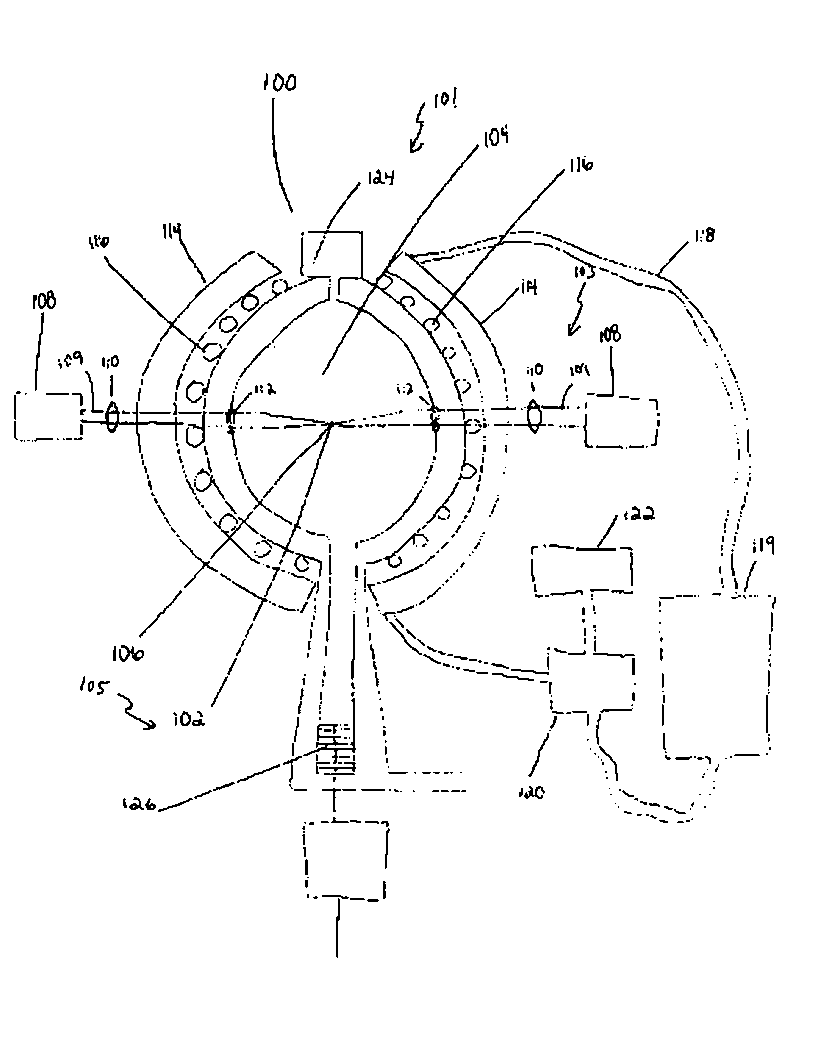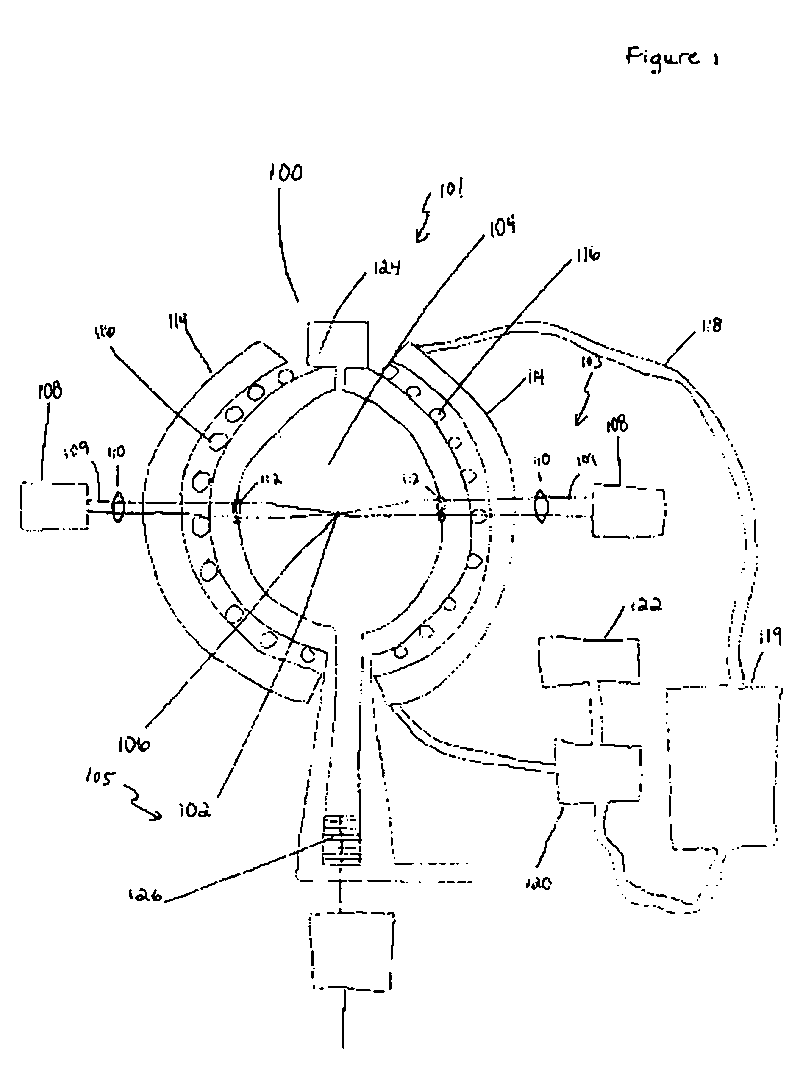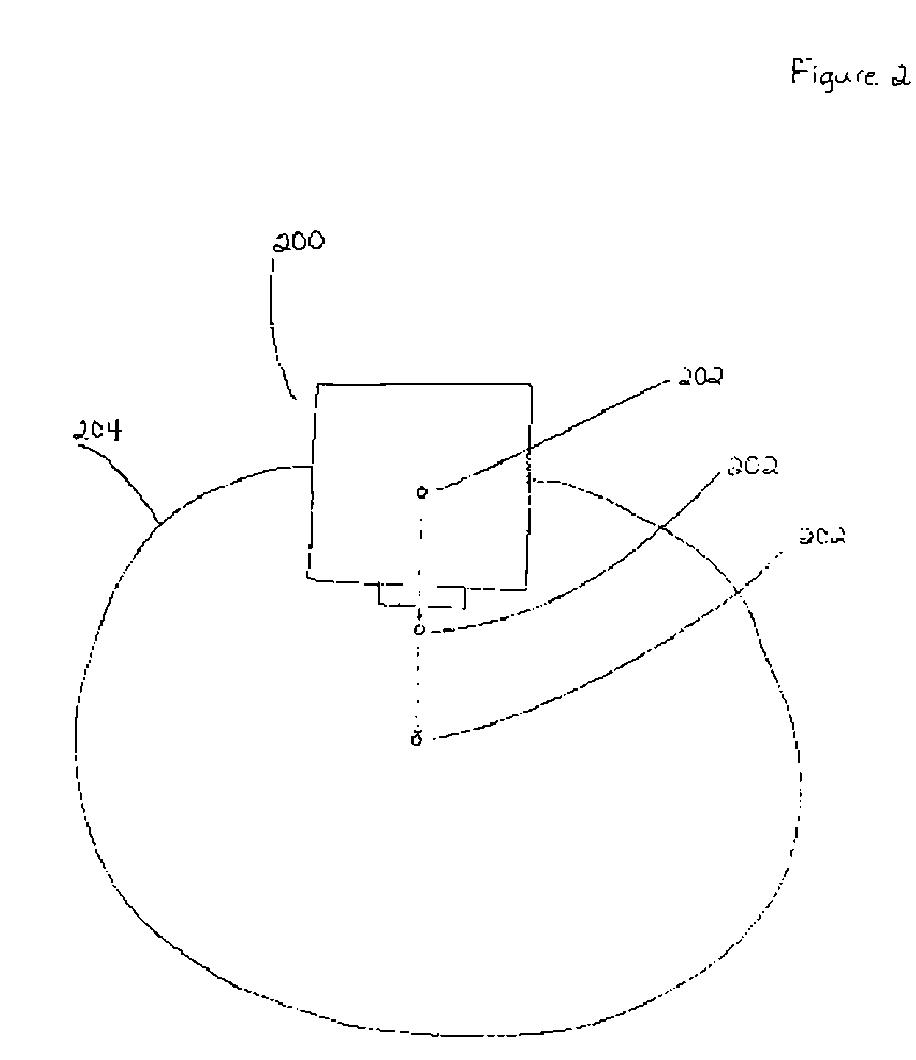Method and apparatus for compressing a bose-einstein condensate of atoms
a technology of bose-einstein condensate and atoms, which is applied in the field of methods and apparatus for compressing bose-einstein condensate of atoms, can solve the problems of extremely high temperatures and pressures, and the inertial confinement nuclear fusion cannot be fully cured, so as to avoid the need to overcome the barrier
- Summary
- Abstract
- Description
- Claims
- Application Information
AI Technical Summary
Benefits of technology
Problems solved by technology
Method used
Image
Examples
Embodiment Construction
FIELD OF THE INVENTION
[0001] The present invention relates in general to a method and apparatus for producing energy by fusing the nuclei of two or more atoms. In particular, the invention relates to using a Bose-Einstein condensate of atoms as fuel for a nuclear fusion reaction in which a beam is used to compress or de-condense the Bose-Einstein condensate of atoms, thereby fusing the atoms of the Bose-Einstein condensate. The invention has the advantage of allowing for fusing atoms by tunneling through the extremely high potential energy barrier which must be overcome in other types of nuclear fusion reactions.
BACKGROUND OF THE INVENTION
[0002] There is an interest in generating energy from nuclear fusion based on the vast amount of energy released from nuclear fusion reactions, the substantially limitless supply of fuel available for nuclear fusion reactions, and the positive environmental impact possible from abandoning traditional energy sources in favor of nuclear fusion ...
PUM
 Login to View More
Login to View More Abstract
Description
Claims
Application Information
 Login to View More
Login to View More - R&D
- Intellectual Property
- Life Sciences
- Materials
- Tech Scout
- Unparalleled Data Quality
- Higher Quality Content
- 60% Fewer Hallucinations
Browse by: Latest US Patents, China's latest patents, Technical Efficacy Thesaurus, Application Domain, Technology Topic, Popular Technical Reports.
© 2025 PatSnap. All rights reserved.Legal|Privacy policy|Modern Slavery Act Transparency Statement|Sitemap|About US| Contact US: help@patsnap.com



